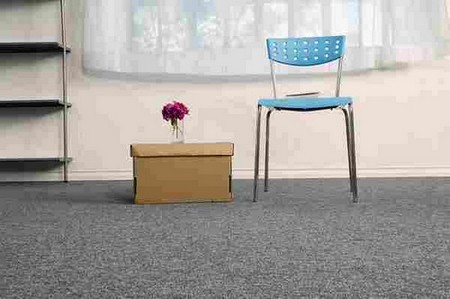A friend recently spent five months choosing a bathroom faucet. “It seems so silly,” she told me, “but once you’re in it, you’re in it. ” Her tumble down the renovation rabbit hole reveals a painful truth: Even the simplest DIY project is more complicated, more time-consuming, and more expensive than any best-laid plan.
Any contractors worth their weight in paint chips will tell you to add at least 15 to 20 percent to your estimated reno budget, which is why having a clear financial plan before picking up the sledgehammer is an absolute must.
Whether you’re zhuzhing up that backsplash or gutting your kitchen, you have options when it comes to financing. Larger projects could warrant a targeted home-renovation loan, which often come with lower interest rates than you’ll find on a credit card, but these have their own risks.
For example, a home equity line of credit (HELOC) uses your home as collateral, meaning that defaulting on a HELOC can result in foreclosure – yikes. As a courageous DIYer, you might turn to credit cards instead, but first things first. . . .

What you need to know before you do anything
If you’re considering financing your home reno with a line of credit, make sure you’re prepared to pay off the loan quickly, especially on store-specific cards like those from Home Depot and Lowe’s. These generally have much higher interest rates than standard credit cards, and you could quickly find yourself facing hefty charges – yikes again.
Second, if you already have a credit card with a strong points system that you’re into, thank your lucky stars and stick with that. Finally, if you end up deciding to hire a contractor, keep in mind that many independent vendors either won’t accept credit cards or charge an extra fee of 1 to 3 percent for credit payments. If that’s the case, you’re better off paying by check or cash.
Still on the credit card train? We checked out all the options for you.
Traditional credit cards
If you have good credit and are confident that you can pay off the balance in the near future, opening a new credit card can be a great way to finance bigger DIY projects. Look for one that offers a bonus if you spend a certain amount in the first year: The Chase Sapphire Preferred card, for example, offers a 50,000-point bonus if you spend $4,000 in your first three months (that’s $500 cash back, or $625 in travel rewards).
If the costs for all your materials and tools will surpass that amount, you’re golden. Plus, since the annual fee is waived the first year, you could pay off the balance and cancel before incurring any administrative costs.
The Discover it Cashback Match card is also worth checking out, as it offers 5 percent cash back on rotating categories – home improvement stores were included on both the 2016 and 2017 rosters. They also match all cash-back rewards at the end of the first year.
Store-specific credit cards
You’re thinking a credit card directly from a home improvement store would offer you the best bang for your buck, right? Surprise! Neither Home Depot nor Lowe’s offers much in the way of temptation. That said, if you’re doing an extensive upgrade with your own two hands and plan to purchase most or all of your supplies at one retailer, it’s worth examining your options.
The Home Depot Consumer credit card has a few things going for it: no annual fee, a yearlong return policy (other shoppers have only three months), and six months deferred interest on purchases of $299 or more. This can be helpful if you’re making several large purchases and need a buffer before paying them off; however, if you end up carrying a balance beyond those six months, you’ll be charged interest on the entire purchase. Weirdly, Home Depot doesn’t offer discounts or cash back to cardholders, meaning overall, you’re better off using a card with a healthy cash-back program.
The Lowe’s Advantage card is more attractive, offering an immediate 5 percent off all purchases made at the store. Like Home Depot, they also offer six months deferred interest for purchases over $299; fail to pay in full in those six months, however, and you’ll be hit with a whopping 26. 99 percent APR. Still, that 5 percent cash back is potentially a great deal if you’re able to make all make every reno purchase at Lowe’s and plan to pay off the balance in full each month. But be warned: There are numerous user complaints online about poor customer service and unclear regulation around interest rates (sadly not uncommon with store-specific cards).
Then there’s IKEA, which just launched its IKEA Visa credit card this month with a slew of perks. The big one is 5 percent back in rewards on IKEA purchases, including Traemand kitchen installation and TaskRabbit assembly services. As a cardholder, you’ll also get free standard shipping and delivery when you make your purchase in-store – even if that purchase is for big items like cabinetry or appliances. If you’re planning to kit out your new kitchen or bath entirely with IKEA stuff, this card is worth considering. However, like the others, there’s a catch. If you miss a payment when its due, you’ll be dealing with an APR of 21. 99 percent.
The verdict
As enticing as home improvement store cards might seem, neither Home Depot, Lowe’s, or IKEA came up with an offering that makes much more sense than sticking to your current credit card program (if you like it) or taking advantage of the incentives offered by a new card (especially if your existing credit score is high enough to scoop up one of the bonus-heavy cards). With that, go forth and renovate.


